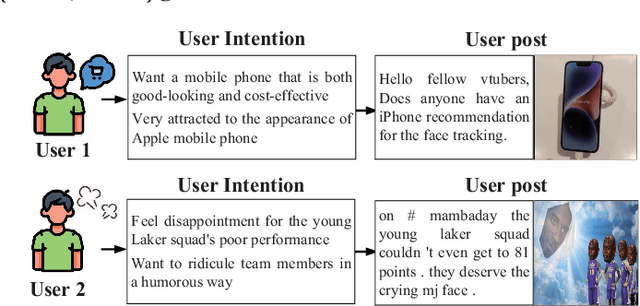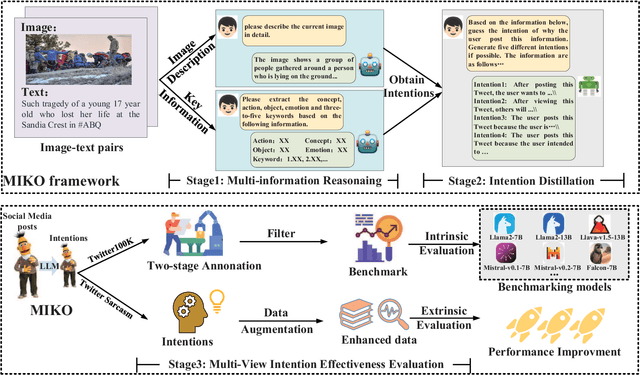Feihong Lu
BotUmc: An Uncertainty-Aware Twitter Bot Detection with Multi-view Causal Inference
Mar 04, 2025Abstract:Social bots have become widely known by users of social platforms. To prevent social bots from spreading harmful speech, many novel bot detections are proposed. However, with the evolution of social bots, detection methods struggle to give high-confidence answers for samples. This motivates us to quantify the uncertainty of the outputs, informing the confidence of the results. Therefore, we propose an uncertainty-aware bot detection method to inform the confidence and use the uncertainty score to pick a high-confidence decision from multiple views of a social network under different environments. Specifically, our proposed BotUmc uses LLM to extract information from tweets. Then, we construct a graph based on the extracted information, the original user information, and the user relationship and generate multiple views of the graph by causal interference. Lastly, an uncertainty loss is used to force the model to quantify the uncertainty of results and select the result with low uncertainty in one view as the final decision. Extensive experiments show the superiority of our method.
MIKO: Multimodal Intention Knowledge Distillation from Large Language Models for Social-Media Commonsense Discovery
Feb 29, 2024



Abstract:Social media has become a ubiquitous tool for connecting with others, staying updated with news, expressing opinions, and finding entertainment. However, understanding the intention behind social media posts remains challenging due to the implicitness of intentions in social media posts, the need for cross-modality understanding of both text and images, and the presence of noisy information such as hashtags, misspelled words, and complicated abbreviations. To address these challenges, we present MIKO, a Multimodal Intention Kowledge DistillatiOn framework that collaboratively leverages a Large Language Model (LLM) and a Multimodal Large Language Model (MLLM) to uncover users' intentions. Specifically, we use an MLLM to interpret the image and an LLM to extract key information from the text and finally instruct the LLM again to generate intentions. By applying MIKO to publicly available social media datasets, we construct an intention knowledge base featuring 1,372K intentions rooted in 137,287 posts. We conduct a two-stage annotation to verify the quality of the generated knowledge and benchmark the performance of widely used LLMs for intention generation. We further apply MIKO to a sarcasm detection dataset and distill a student model to demonstrate the downstream benefits of applying intention knowledge.
 Add to Chrome
Add to Chrome Add to Firefox
Add to Firefox Add to Edge
Add to Edge